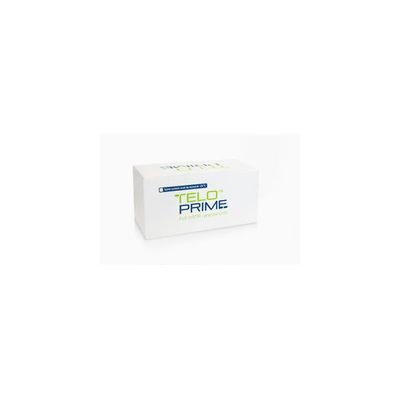

- Home
- Companies
- Lexogen GmbH
- Products
- TeloPrime - Model V2 - Full-Length cDNA ...

TeloPrime - Model V2 - Full-Length cDNA Amplification Kit
The TeloPrime Full-Length cDNA Amplification Kit V2 is an all-in-one protocol for generating full-length cDNA from total RNA.
Based on Lexogen´s unique Cap-Dependent Linker Ligation (CDLL) and long reverse transcription (long RT) technology, it is highly selective for full-length RNA molecules that are both capped and polyadenylated.
The full-length cDNA products can be used for various downstream applications such as NGS, RACE, cloning, microarray probes, and normalization. It enables the detection and correct quantification of splice variants and their true transcription start- and end-sites, in both short and long mRNA molecules. For further full-length or gene-specific PCRs, Lexogen offers a TeloPrime PCR Add-on Kit V2 (Cat.No.018.16) containing 16 rxn. This kit contains the PCR Forward and Reverse Primer separately,hence they can be alternatively substituted with the gene-specific primer of interest.
The TeloPrime Full-Length cDNA Amplification Kit V2 is a protocol for generating full-length cDNA from total RNA. It is based on Lexogen´s unique Cap-Dependent Linker Ligation (CDLL) and long reverse transcription (long RT) technology, and is highly selective for full-length RNA molecules that are both capped and polyadenylated.
